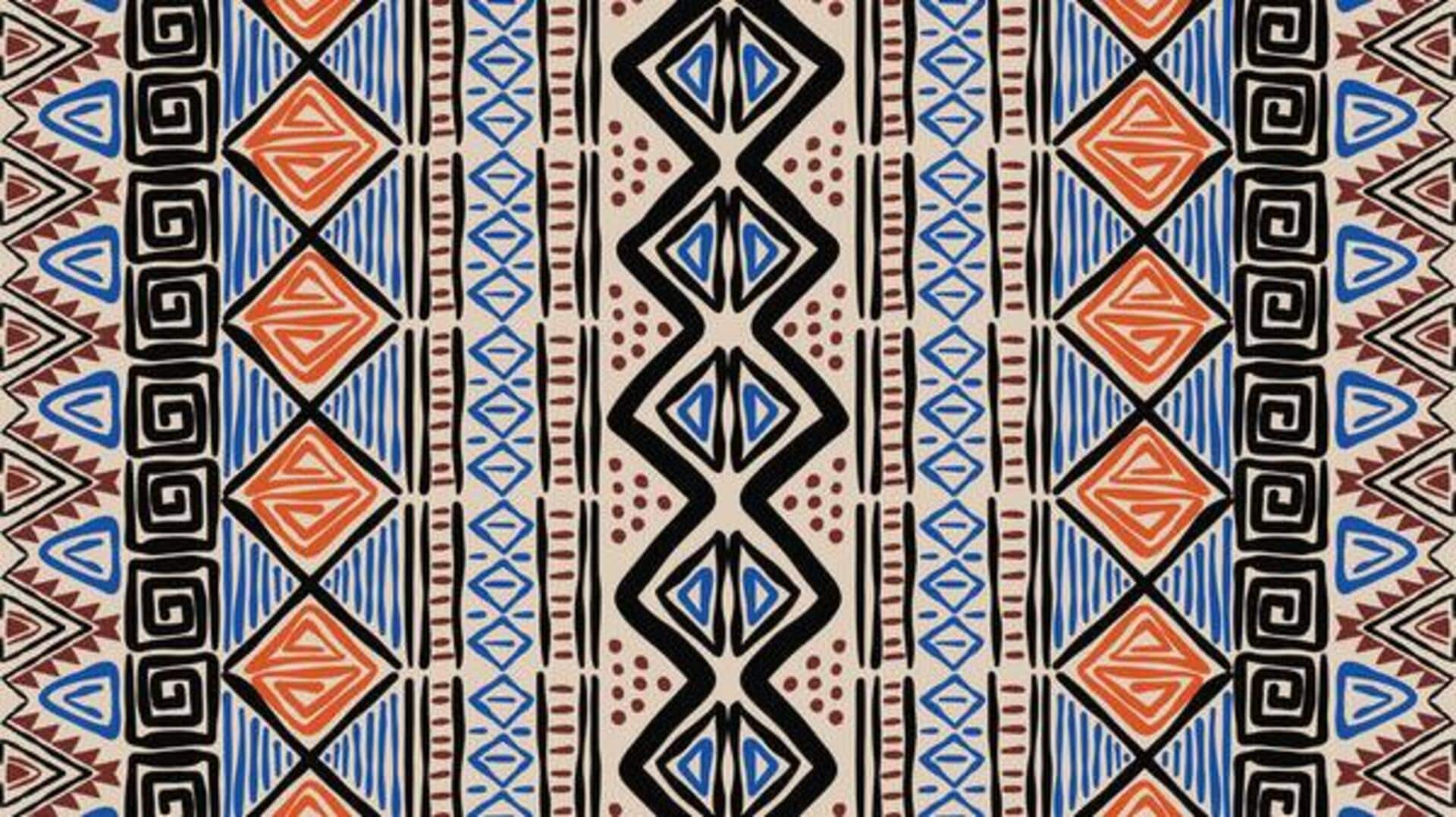
African mud cloth: Traditional techniques and modern use
What's the story
African mud cloth or bogolanfini is a traditional fabric from Mali.
The one-of-a-kind textile is made with fermented mud and plant dyes to form amazing patterns.
The story behind each design or the cultural significance makes it more than just cloth.
The everlasting charm of mud cloth is its versatility and limitless inspiration it offers for fashion, home decor, and art.
Craftsmanship
The art of creation
Creating African mud cloth is a meticulous process that beautifully marries artistry with tradition.
Artisans use handwoven cotton fabric as the base. They apply fermented mud to create patterns that are rich in symbolism.
The process can take weeks or even months to complete, reflecting the dedication and skill required to produce each piece.
Heritage
Cultural significance
Deeply rooted in Malian society, African mud cloth represents a rich tapestry of cultural significance.
Each pattern intricately woven into the fabric narrates stories of historical events, signifies social status or tells personal tales.
Serving as a unique visual language, it bridges the generations, communicating identity and heritage.
This traditional craft not only preserves the past but also connects the present to the ancestral wisdom and values of Mali.
Style impact
Modern fashion influence
In the last few years, African mud cloth has smoothly slipped on to modern fashion runways around the world.
Fashion designers are increasingly weaving its bold, distinct patterns into their clothing lines, accessories, and even footwear line-ups.
This one-of-a-kind textile lends an authentic touch and cultural depth to contemporary styles. It makes it an ideal element for anyone looking to lend a touch of tradition to modern design aesthetics.
Interior design
Home decor trends
From throw pillows to wall-hangings to upholstery fabrics, mud cloth's stunning designs have become a favorite across home decor trends around the world.
Its earthy tones add so much warmth and character to any space.
Interior designers also tend to use it as an accent piece that goes well with the other elements of design aesthetics.
Creativity
Artistic expression opportunities
Artists never fail to find endless inspiration in African mud cloth for their creative projects.
Its geometric shapes and natural colors give a foundation to paintings, sculptures, or mixed media works.
By incorporating these elements into their art forms, they pay homage while exploring new interpretations of this traditional craft.